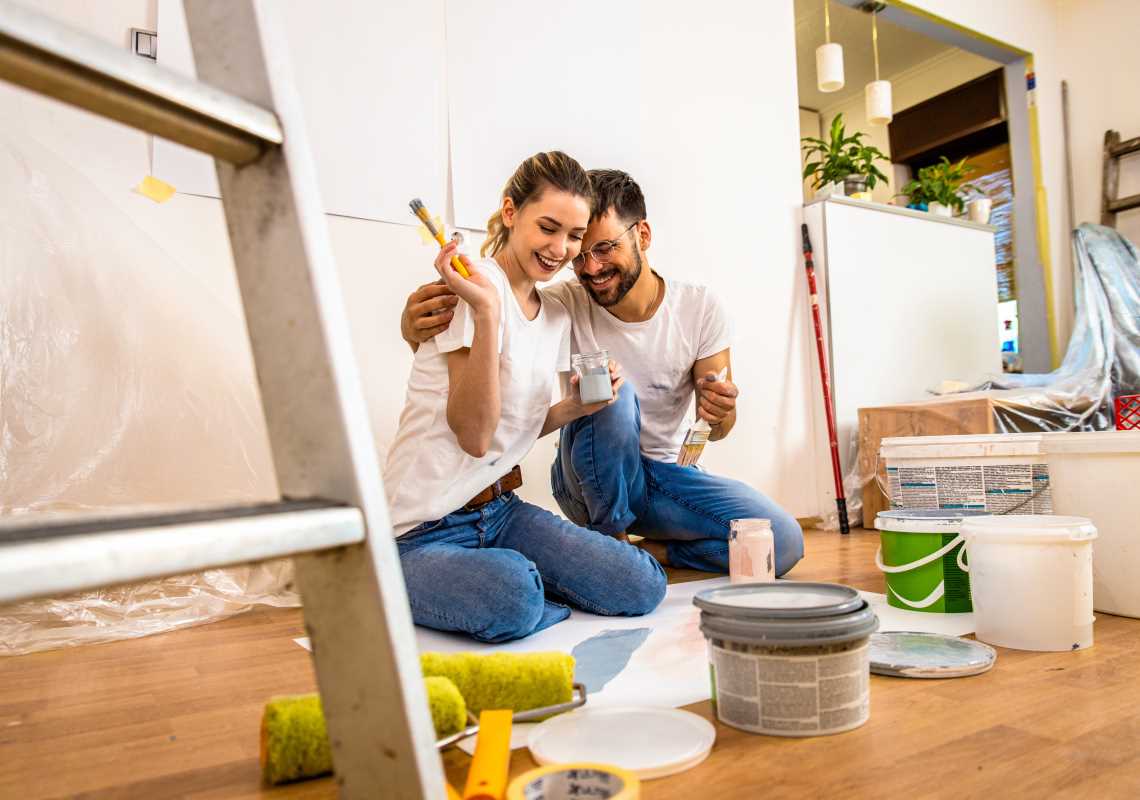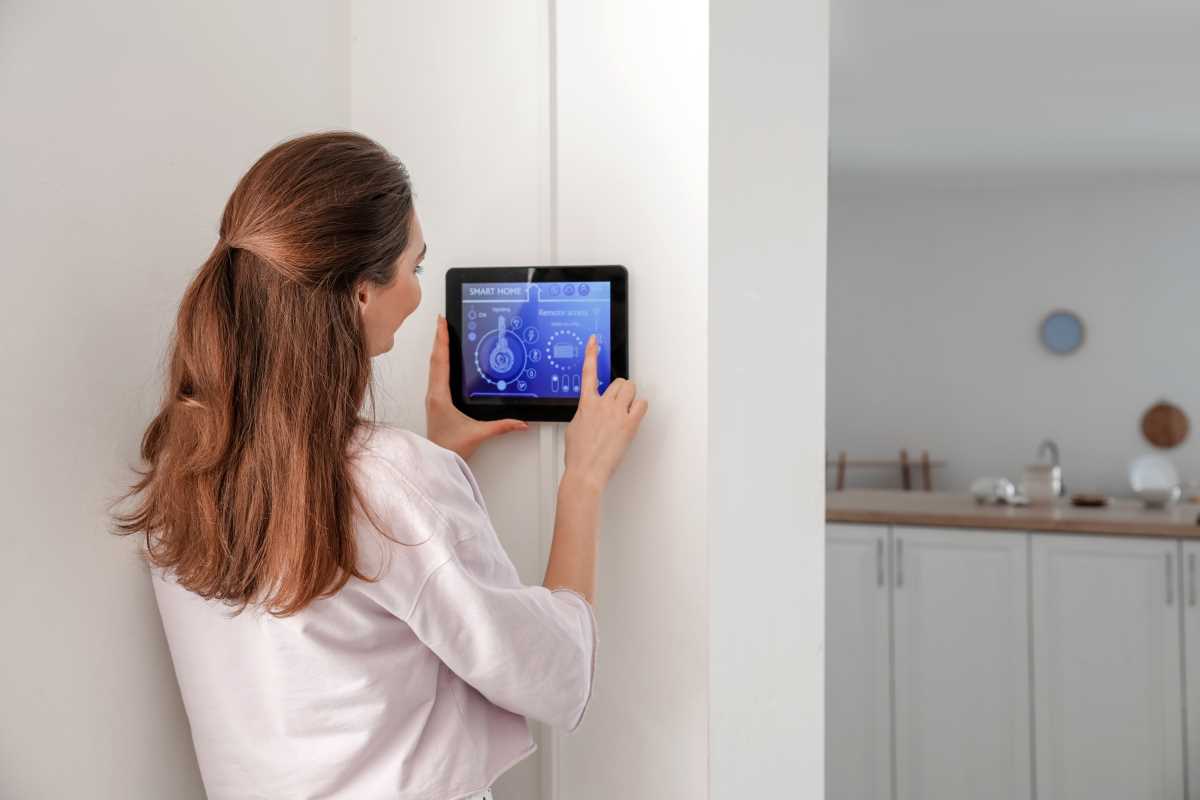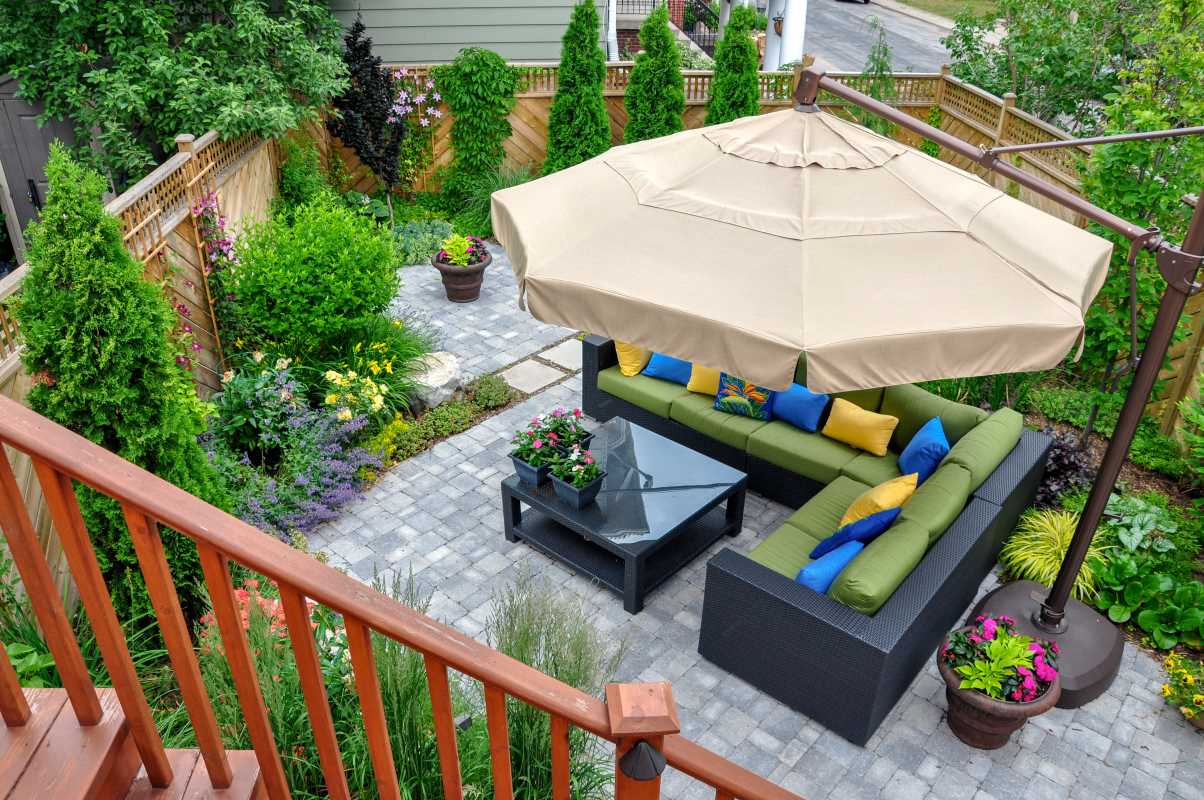Transforming your basement into a soundproof studio offers an exciting opportunity to fully immerse yourself in music, recording, or any audio-centric activities without worrying about bothering the rest of your family. This dedicated space not only fuels your creative endeavors but also keeps external noise at bay, allowing you to focus on your projects without interruptions. Imagine having a private retreat beneath your feet where you can let your creativity flourish. In this guide, we'll explore simple techniques and practical tips to help you construct a soundproof studio right at home, making your dream a reality.
Understanding Soundproofing Basics
Before you start building, grasp the fundamental concepts of soundproofing. Soundproofing involves several key principles that work together to minimize noise transmission. Here are the main concepts you should understand:
- Mass: The heavier and denser the materials used, the better they block sound.
- Damping: This refers to reducing the vibration of materials, which prevents sound waves from passing through.
- Decoupling: Separate different layers of your studio’s structure to prevent sound vibrations from traveling through.
- Absorption: Use materials that absorb sound waves to reduce echo and reverberation within the room.
- Sealing: Ensure that all gaps and cracks are sealed to prevent sound leaks.
Understanding these basics will help you make informed decisions about the materials and techniques you use in your soundproofing project.
Materials You'll Need
Gathering the right materials is crucial for effective soundproofing. Here’s a list of essential materials you'll need to create a soundproof studio in your basement:
- Mass Loaded Vinyl (MLV): A dense material that helps block sound transmission through walls and floors.
- Acoustic Insulation: Products like Rockwool or Owens Corning work well for absorbing sound within walls and ceilings.
- Soundproof Drywall: Specialized drywall such as QuietRock adds mass and reduces noise.
- Resilient Channels: These help decouple drywall from the framing, minimizing vibration transfer.
- Acoustic Sealant: A flexible sealant like Green Glue ensures all gaps and seams are airtight.
- Acoustic Panels: To further absorb sound and reduce echo inside the studio.
- Weatherstripping: For sealing doors and windows to prevent sound leaks.
- Double-Glazed Windows: If you have windows in your basement, replacing them with double-glazed ones helps improve sound insulation.
Having these materials on hand will set you up for a smooth and effective soundproofing process.
Step-by-Step Construction Guide
Building a soundproof studio involves several steps, each critical to the overall effectiveness of the soundproofing. Here’s a clear, step-by-step guide to help you through the process:
1. Prepare the Space: Start by clearing out your basement area. Remove any existing fixtures and ensure the space is clean and dry. Check for any leaks or moisture issues and address them before proceeding.
2. Install Acoustic Insulation: Once the space is prepped, install acoustic insulation within the walls and ceiling joists. Materials like Rockwool are ideal for this purpose as they absorb sound effectively.
3. Add Mass Loaded Vinyl (MLV): Apply MLV over the insulation. This material adds mass to the walls, making it harder for sound waves to pass through. Ensure that the MLV is tightly sealed at all edges and seams.
4. Install Resilient Channels: Attach resilient channels to the walls and ceiling. These channels help decouple the drywall from the framing, reducing vibration transfer and enhancing soundproofing.
5. Hang Soundproof Drywall: Install soundproof drywall like QuietRock over the resilient channels. Use screws spaced appropriately to maintain the integrity of the soundproofing.
6. Seal All Gaps: Use acoustic sealant to seal any gaps, cracks, or seams in the walls, ceiling, and around windows and doors. This step is crucial to prevent sound leaks.
7. Install Acoustic Panels: For additional sound absorption, mount acoustic panels on the walls. These panels help reduce echo and create a more controlled acoustic environment inside your studio.
8. Finish the Floor: Consider installing a floating floor using materials like carpet padding or rubber underlayment to minimize sound transmission through the floor.
Following these steps will help you construct a soundproof studio that effectively minimizes noise transmission and creates an ideal environment for your audio activities.
Common Mistakes and How to Avoid Them
Soundproofing can be tricky, and it's easy to make mistakes that reduce its effectiveness. Here are some common pitfalls and how to steer clear of them:
- Ignoring Seams and Gaps: Even small gaps can let sound leak through. Always use acoustic sealant to thoroughly seal all seams and gaps.
- Using Inadequate Insulation: Not all insulation is created equal. Ensure you use high-quality acoustic insulation like Rockwool for maximum sound absorption.
- Skipping the Decoupling Step: Resilient channels or other decoupling methods are essential. Without them, sound vibrations can easily transfer through the walls and ceiling.
- Poor MLV Installation: For MLV to be effective, install it properly without any overlaps or gaps. Take your time to ensure it’s correctly placed.
- Neglecting Doors and Windows: These areas are often overlooked but are critical for soundproofing. Use weatherstripping and consider upgrading to double-glazed windows.
- Overlooking the Floor: Sound can travel through floors, especially in basements. Installing a floating floor can help mitigate this issue.
By being aware of these common mistakes, you can ensure your soundproofing project is successful and your studio remains quiet and effective.
Testing and Final Adjustments
After completing the construction of your soundproof studio, test its effectiveness and make any necessary adjustments. Here’s how you can do this:
1. Sound Level Meter Test: Use a sound level meter to measure the noise levels inside and outside your studio. Compare the readings to see how much sound is being blocked.
2. Clap Test: Have someone outside the studio clap loudly while you are inside. If you can hear the claps clearly, you may need to identify and seal additional gaps.
3. Monitor for Echo and Reverberation: Inside your studio, check for any unwanted echo or reverberation. Adding more acoustic panels or adjusting their placement can help improve the sound quality.
4. Inspect Seals and Joints: Revisit all seals and joints to ensure they remain intact and effective. Over time, some seals may degrade and require reapplication of acoustic sealant.
5. Make Necessary Tweaks: Based on your tests, make any necessary adjustments. This might involve adding more insulation, reapplying sealant, or adding additional acoustic treatment to certain areas.
Testing and fine-tuning your soundproof studio ensures that it meets your noise reduction needs and provides a perfect environment for your creative projects.
Creating a soundproof studio in your basement can greatly improve your creative space. By carefully planning, using the right materials, and avoiding common mistakes, you can achieve a professional-quality studio at home.
 (Image via
(Image via





